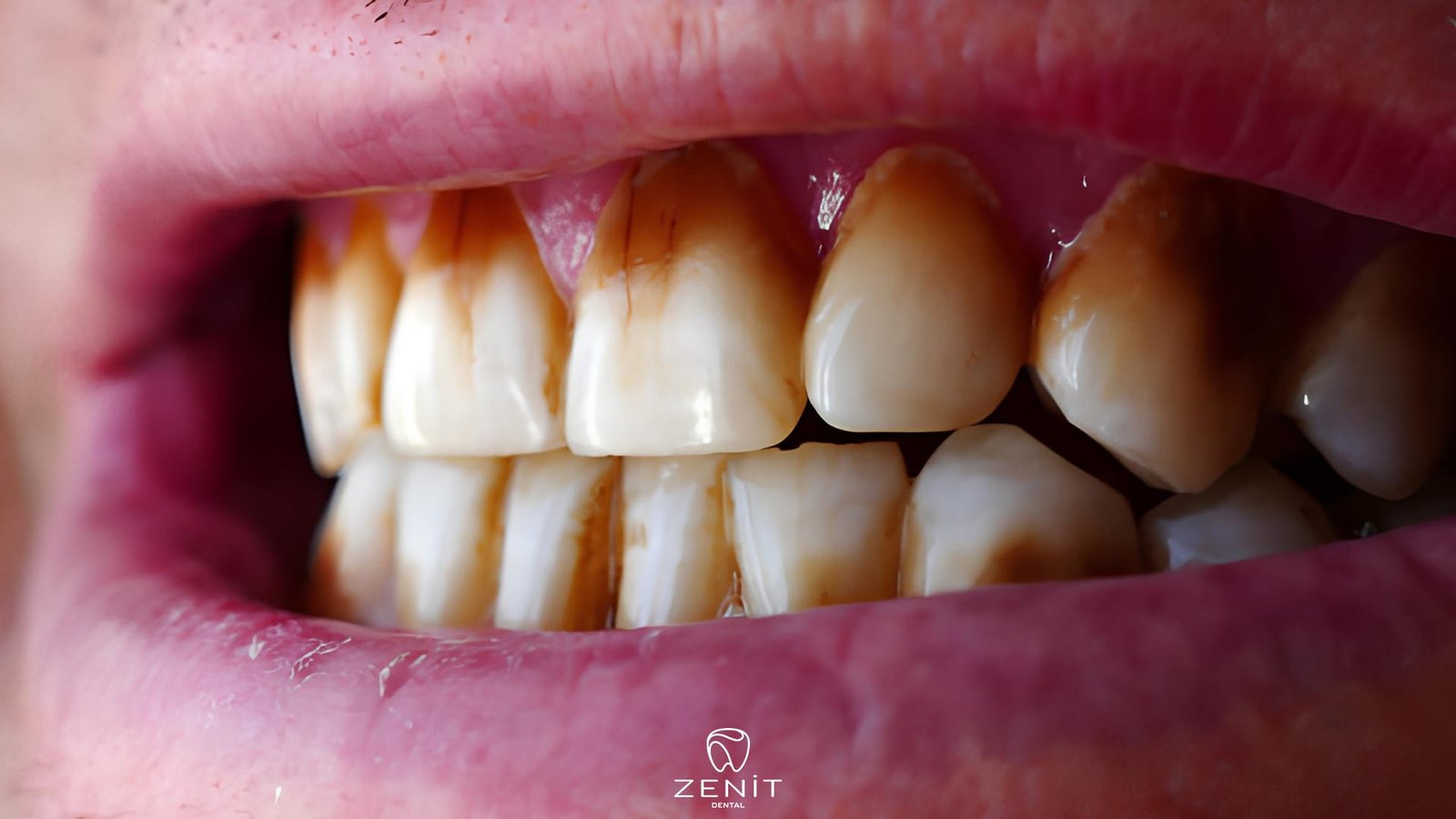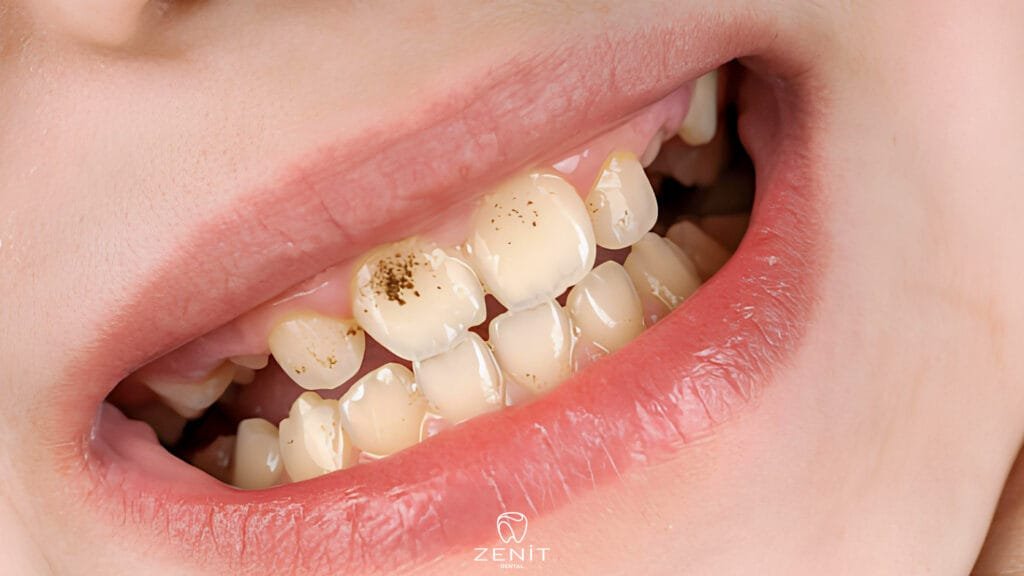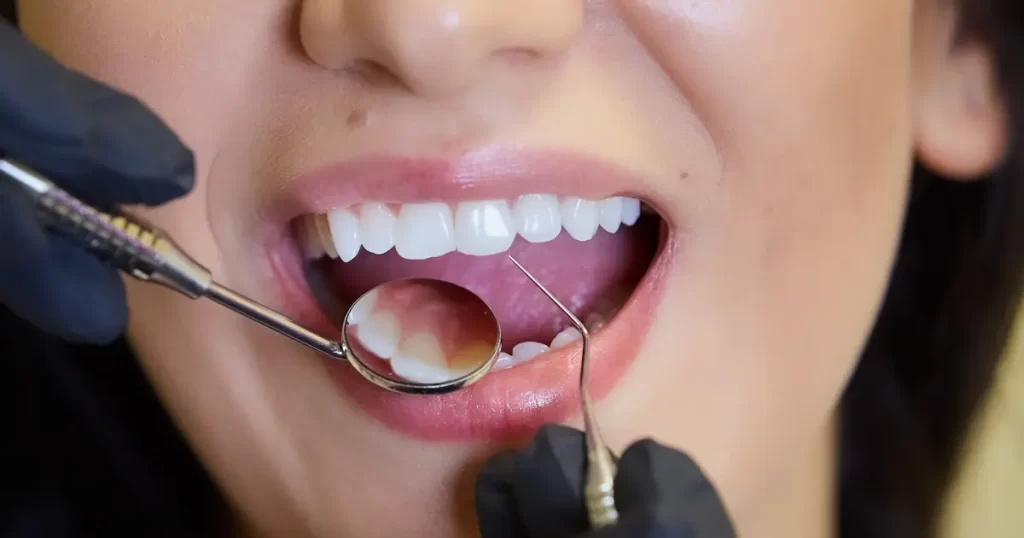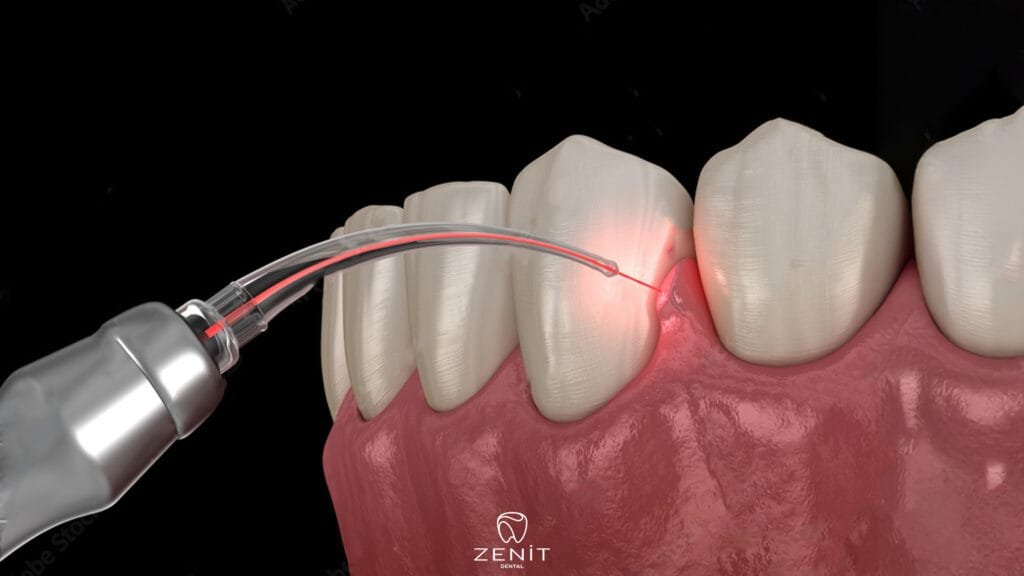The Black Line on the Tooth
The black line on the tooth is typically a dark-colored line that appears, most commonly, at the edge of the tooth or along the gum line. This condition can stem from various factors and often signifies issues related to dental health. Dental health is a crucial aspect of our overall well-being, and problems in this area can lead to not only aesthetic concerns but also health issues. In this article, we will delve into the causes, effects, and solutions for black lines on teeth.
Possible Causes
Treatment for Tooth Decay
If you have tooth decay, your dentist may recommend treatment methods such as cleaning the decayed area and applying fillings or crowns.
Tooth decay is often associated with factors such as neglect of regular dental care, inadequate dietary habits, excessive consumption of sugary and acidic beverages, and smoking. Additionally, genetic factors, insufficient attention to oral hygiene, and the lack of regular dental check-ups can also play a role in the development of tooth decay.
Preventing Tooth Enamel Erosion
Taking measures to prevent tooth enamel erosion is crucial for maintaining overall oral health. Using a soft-bristled toothbrush is an effective way to clean plaque and bacteria without causing damage to the tooth enamel. A soft-bristled brush can reduce the risk of erosion by cleaning surface debris without scratching the enamel.
Acidic beverages can increase the solubility of tooth enamel, leading to erosion over time. Therefore, it is important to avoid or limit the consumption of acidic drinks for dental health. Beverages such as lemon-infused drinks, carbonated sodas, and acidic fruit juices contain acids that can harm tooth enamel. Drinking mouthwash or water while consuming such beverages can help neutralize the acid levels on the tooth surface.
Fluoride is a crucial mineral that strengthens tooth enamel and preserves enamel structure. Using toothpaste that contains fluoride can provide resistance against cavities by remineralizing tooth enamel. Additionally, consulting with your dentist to evaluate professional dental care methods, such as fluoride applications, can further contribute to maintaining optimal oral health.

Maintaining Gum Health
Preserving gum health is a fundamental aspect of overall oral health, requiring regular dental check-ups and effective oral hygiene habits. Here are some measures that can be taken to preserve gum health:
- Regular Dental Check-ups: Regular visits to your dentist are crucial for monitoring gum health and early detection of potential issues. Professional dental cleaning and check-ups can assist in preventing and treating gum problems.
- Good Oral Hygiene: Brushing your teeth at least twice a day forms the basis of preserving gum health. Using a soft-bristled toothbrush and applying the correct brushing technique can help clean plaque and bacteria without harming the gums.
- Use of Dental Floss: Another crucial step, as important as brushing, is using dental floss. Cleaning food particles and plaque between teeth helps prevent gum diseases.
- Healthy Eating Habits: Balanced nutrition positively influences gum health. Adequate intake of vitamin C, vitamin D, calcium, and other vitamins and minerals contributes to strengthening gum tissues.
- Avoiding Tobacco Products: Smoking can increase the risk of gum diseases. Individuals who smoke may experience gum problems more frequently, and the treatment process may become more complex. Therefore, avoiding tobacco products is important for preserving gum health.
- Stress Management: Stress can negatively impact gum health. Habits associated with stress, such as teeth grinding or clenching, can harm the gums. Stress management techniques can help control such habits.
- Early Intervention: When gum problems are identified, seeking dental assistance as soon as possible is crucial. Early intervention can help keep problems at a smaller and more manageable level.
Tooth Filling Replacement
Dental fillings are crucial dental materials used for the treatment of conditions such as tooth decay, fractures, or dental gaps. However, over time, the durability of fillings may decrease, their color can change, or cracks may form. In such cases, replacing old or problematic tooth fillings can be a significant step for dental health and aesthetics.
Conclusion
The black lines on the tooth are generally treatable conditions, and with preventive measures, the occurrence of such issues can be avoided. However, each case is unique, so it is important to consult with a dentist when encountering such problems. Not neglecting regular dental check-ups is crucial for maintaining a healthy smile.
Periodontology Specialist Miraç Elbir
The Black Line on the Tooth The Black Line on the Tooth The Black Line on the Tooth The Black Line on the Tooth The Black Line on the Tooth The Black Line on the Tooth The Black Line on the Tooth The Black Line on the Tooth The Black Line on the Tooth The Black Line on the Tooth






